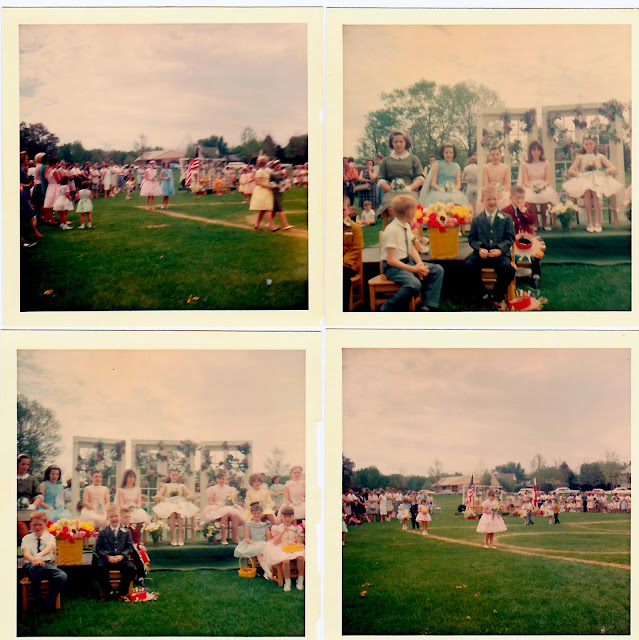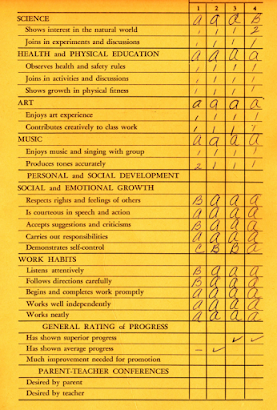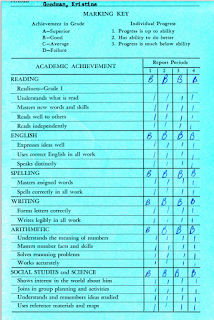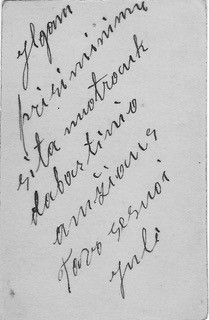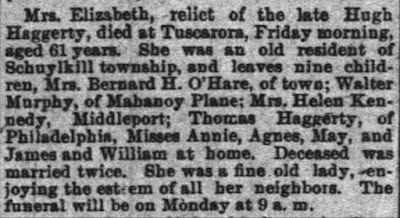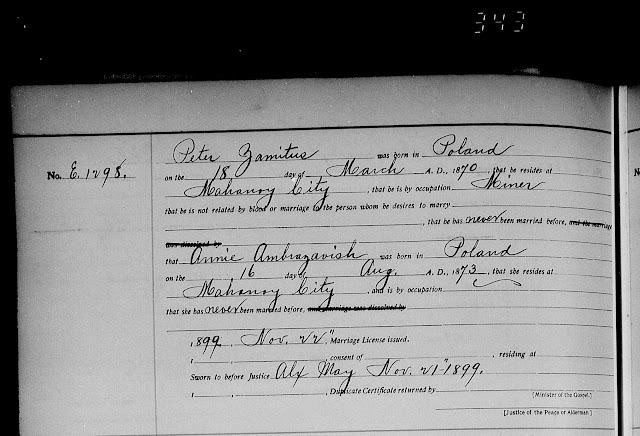1963 - 64 school year was a favorite of mine. Subjects were more interesting and social interactions important. Going to the Reading Public Museum for history and civics was awesome, mostly because we were served a taste of the foods original to the country we we studying.
Our neighborhood had many children and my friends were close enough to visit everyday without getting permission to go off the block. The previous summer's fun didn't wear off until the second report period. Then it was back to soaking up all that came at me. I feel this year I realized I wanted organization in my day. Everything was black or white, no gray areas. And still today I balk at the gray areas in all aspects of life.
The school chorus became my extra curricular activity. Mr. George Yorgey, my 5th grade teacher and only male teacher in the building, was also the chorus director. The highlight was the holiday music show at the school gym in December 1963. Being on stage with my mom and brother in the audience was thrilling. Chorus members were split by gender, traditionally to keep the similar voices together. Boys with higher pitched voices and girls with lower pitched voices (like me) were in the center still next to our gender group. Mr. Yorgey was premature bald and we tried not to giggle when we saw the colored stage lights above us blinking on and off his head. Doesn't take much to amuse a 10 year old.
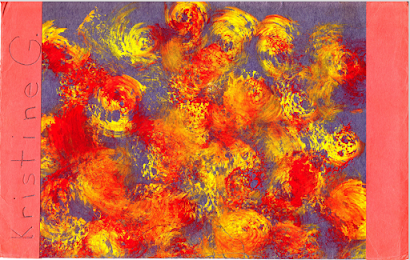 |
| Report card cover |
"May 1 marks the Celtic festival of Beltane, also referred to as May Day, which many neopagans and Wiccans around the world observe to celebrate the onset of summer. Beltane may refer to the “fires of Bel,” in honor of the Celtic sun god, Belenus. Though the origin of the practice of wrapping a tall pole in ribbon and woven tree branches is difficult to pin to a specific time and place, historians agree that the Maypole began as a part of the Pagan May Day festival known as Beltane in the UK and Ireland and Walpurgis in Germanic European countries."
The 6th grade students voted for the May Day Court. It may have been by a show of hands, though I could stand corrected. I was hoping to be selected and at the same time preparing for disappointment. I made the cut, phew!
Then I found out I had to wear a real pastel dressy-dress! Ugh. My tomboy tendencies made this process unpleasant for everyone involved. I was in tears when I first put on the blue chiffon dress with shoulder streamers and a big gaudy fake rhinestone pin on my chest. Fake rhinestone, that's pretty bad, right? If I had to wear this dress, I made sure that pin was not part of it! Including the pin, the only other thing missing in pictures below is the May Pole. Darn.
The May Queen was Margo, sitting front and center in a white dress pretty as a picture, and my best friend Margie was runner-up on her left in a pink dress. There were several pink dresses worn (parents did not coordinate) so it's easy to spot me in blue.
Oh yeah, my grades. Apparently my 'self control' was in question early on, as well as reading independently and my singing voice. I figure it's just the summer fun taking a while to wear off.





